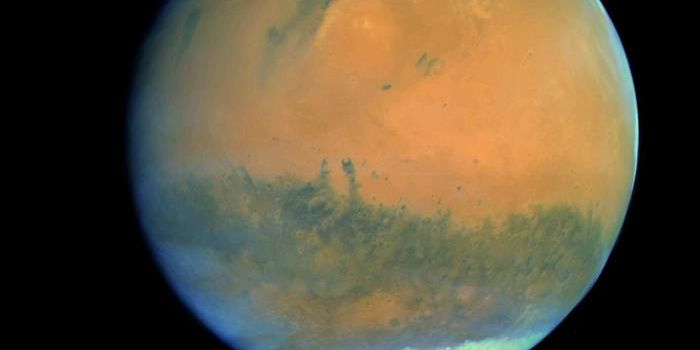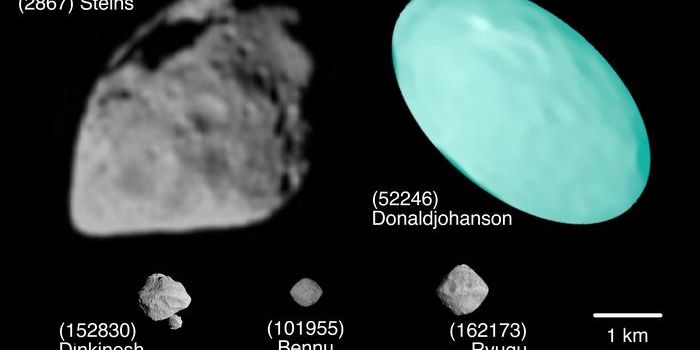Scientists Reveal a Large & Ignored Source of Methane
While many parts of the world are feeling the effects of climate change, air temperatures in the Arctic are warming faster than anywhere else on the planet. Scientists are trying to understand how the area is impacted by all of that new warmth. There are now major pressures on permafrost, which is ground that was once thought to be permanently frozen. It is now starting to thaw, and Arctic soils and the deposits and micororganisms they contain are getting warmer.
Atmospheric methane is a potent greenhouse gas that is known to be about thirty times as strong as atmospheric carbon dioxide when it comes to climate change. Scientists have been learning more about where methane is coming from and how it will affect the climate. In recent years, residents around Fairbanks, Alaska, began to hear rumors that methane was seeping from lawns in the area.
Limnologist Katey Walter Anthony, a research professor at the Institute of Northern Engineering at University of Alaska Fairbanks, didn't pay much attention because lakes are well known source of methane, and it seemed unlikely to be coming from grassy lawns.
But Walter Anthony then found methane bubbling in the turf at a nearby golf course, and started to inspect other locations. Methane was indeed coming from grassy but wet fields and riverbeds, as scientists have known. But it was also coming out of the ground in area forests, "in large, strong streams," she said. It was time to learn more about what was happening.
Researchers have now documented the highest levels of methane ever found emitting from terrestrial ecosystems. Work has shown that the methane that is being released is thousands of years older than the methane found in previous work documenting methane emissions in upland areas. The findings, which have been reported in Nature Communications, may also have to be factored into climate models, and might changes assumptions about methane sources and impacts.
Methane emissions have been known to come from wetland environments with low oxygen levels, because microbes that generate methane prefer these habitats. But the terrestrial areas surveyed in this work were dry, and still had higher methane emissions than what has been measured at wetlands. There was also an increase in emissions from terrestrial sites during the winter.
The study encompassed over 1,200 locations where methane measurements were taken over 3 years, within more than 25 sites around dry upland Alaskan grasslands, tundra, and forests. There was methane coming from all but three sites.
Taliks are huge formations of soil deposits deep underground that stay thawed all year. Microbes that live there are actively working to decompose materials, and respire carbon. Some researchers have previously speculated that taliks could be a factor in climate change. This study has suggested that taliks are the likely source of this methane.
There were also higher levels of methane at sites where ancient Pleistocene-era Yedoma deposits are located. There are huge carbon stores here. While these deposits only represent an estimated three percent of permafrost, they are thought to hold more than a quarter of the total carbon contained within permafrost.
"It means the permafrost carbon feedback is going to be a lot bigger this century than anybody thought," Walter Anthony said.
Sources: University of Alaska Fairbanks, Nature Communications









